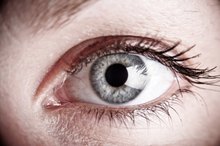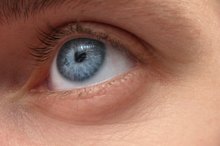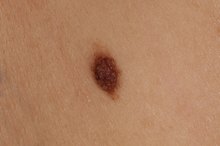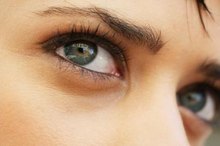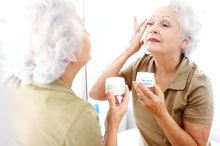What does fact checked mean?
At Healthfully, we strive to deliver objective content that is accurate and up-to-date. Our team periodically reviews articles in order to ensure content quality. The sources cited below consist of evidence from peer-reviewed journals, prominent medical organizations, academic associations, and government data.
- Boskabady MH, et al. (2011). Pharmacological effects of Rosa damascena.
- Boskabady MH, et al. (2011). Pharmacological effects of Rosa damascena.
- Mayo Clinic Staff. (2018). Milia.
The information contained on this site is for informational purposes only, and should not be used as a substitute for the advice of a professional health care provider. Please check with the appropriate physician regarding health questions and concerns. Although we strive to deliver accurate and up-to-date information, no guarantee to that effect is made.
How to Remove Milia Under Eyes
Milia are small white bumps, also called cysts, that can appear in various areas of the face, including under the eyes. MedlinePlus explains that such bumps occur when dead skin becomes trapped in small pockets at the surface of the skin. Infants are especially susceptible to milia in the months following birth. Treatment of milia is not necessary and isn't advisable in infants or children 2. If adults wish to remove the visible bumps, some options are available both at home and with the assistance of a health care professional.
Consult a health care professional before using any treatments to remove milia under the eye. This skin is especially sensitive and some effective scrubs or topical products can irritate the eye itself. The University of Maryland Medical Center recommends professional treatment when the removal of milia is desired.
Small Red Bumps Under the Eyes
Learn More
Purchase a very mild skin exfoliator, such as a sugar scrub or any over-the-counter exfoliator that is safe for use around the eyes.
Wet the skin under the eyes and apply a small amount of exfoliator to the area. Rub gently for 20 to 30 seconds. Rinse thoroughly with cool water and pat dry.
What Is the Difference Between Cellulitis & Mrsa?
Learn More
Apply a thin layer of retinoid cream to the skin under the eyes. Be careful not to go as far up as the eye lid.
Repeat these steps for several days until the milia disappear.
Tips
Use a daily sunscreen following the use of retinoids as they can increase the skin's ability to burn from sun exposure.
Warnings
Stop the retinoid cream if the skin becomes red or irritated. Sometimes exfoliation is enough to open up the pockets that form milia.
Consult a health care professional, such as a dermatologist, before attempting home treatment. Professional help can effectively and safely remove the bumps if desired.
Don't attempt to treat infant or child milia without the guidance of a health care professional.
Related Articles
References
- Arif T. (2015). Salicylic acid as a peeling agent: A comprehensive review. DOI:
- Berk DR, et al. (2008). Milia: A review and classification.
- Boskabady MH, et al. (2011). Pharmacological effects of Rosa damascena.
- Julianti E, et al. (2017). Antibacterial activity of ethanolic extract of cinnamon bark, honey, and their combination effects against acne-causing bacteria. DOI:
- Mayo Clinic Staff. (2018). Milia.
- Yahya H. Idiopathic multiple eruptive milia: Report of a case in a Nigerian woman. Niger J Clin Pract. 2018;21(3):395-6. doi:10.4103/njcp.njcp_43_17
- Kutlubay Z, Tanakol A, Engýn B, et al. Newborn skin: common skin problems. Maedica (Buchar). 2017;12(1):42-7.
- Cho E, Cho SH, Lee JD. Idiopathic multiple eruptive milia occurred in unusual sites. Ann Dermatol. 2010;22(4):465-7. doi:10.5021/ad.2010.22.4.465
- Ghosh S, Sangal S. Congenital milia en plaque on scalp. Indian J Dermatol. 2015;60(1):105. doi:10.4103/0019-5154.147871
- Hinen HB, Gathings RM, Shuler M, Wine lee L. Successful treatment of facial milia in an infant with orofaciodigital syndrome type 1. Pediatr Dermatol. 2018;35(1):e88-e89. doi:10.1111/pde.13350
Writer Bio
Sarah Harding has written stacks of research articles dating back to 2000. She has consulted in various settings and taught courses focused on psychology. Her work has been published by ParentDish, Atkins and other clients. Harding holds a Master of Science in psychology from Capella University and is completing several certificates through the Childbirth and Postpartum Professional Association.
